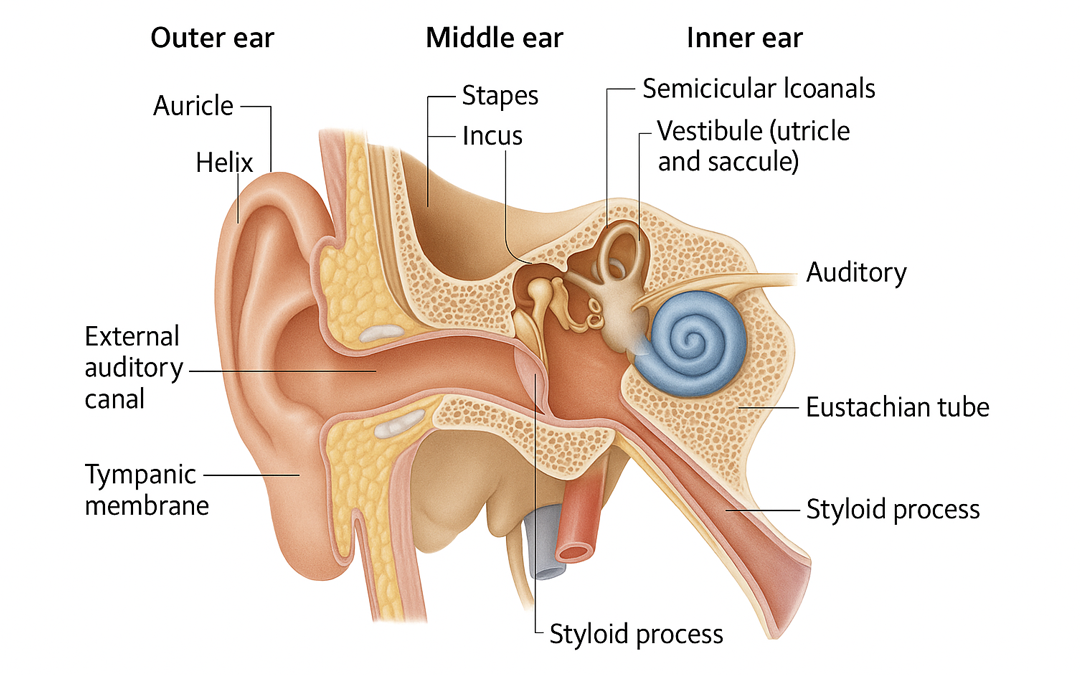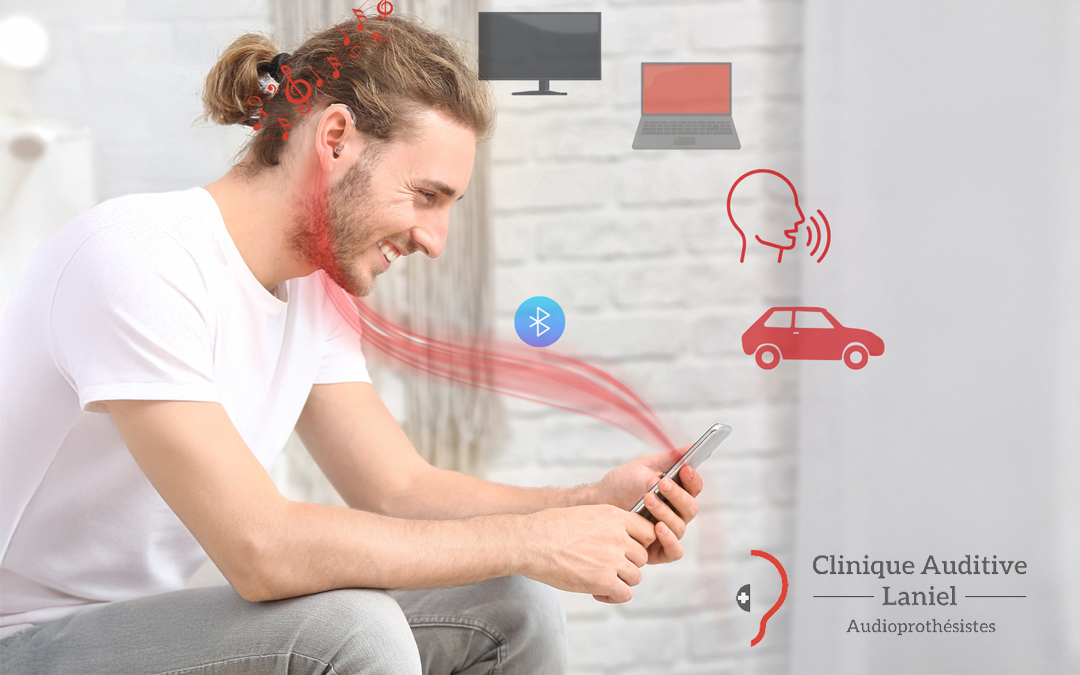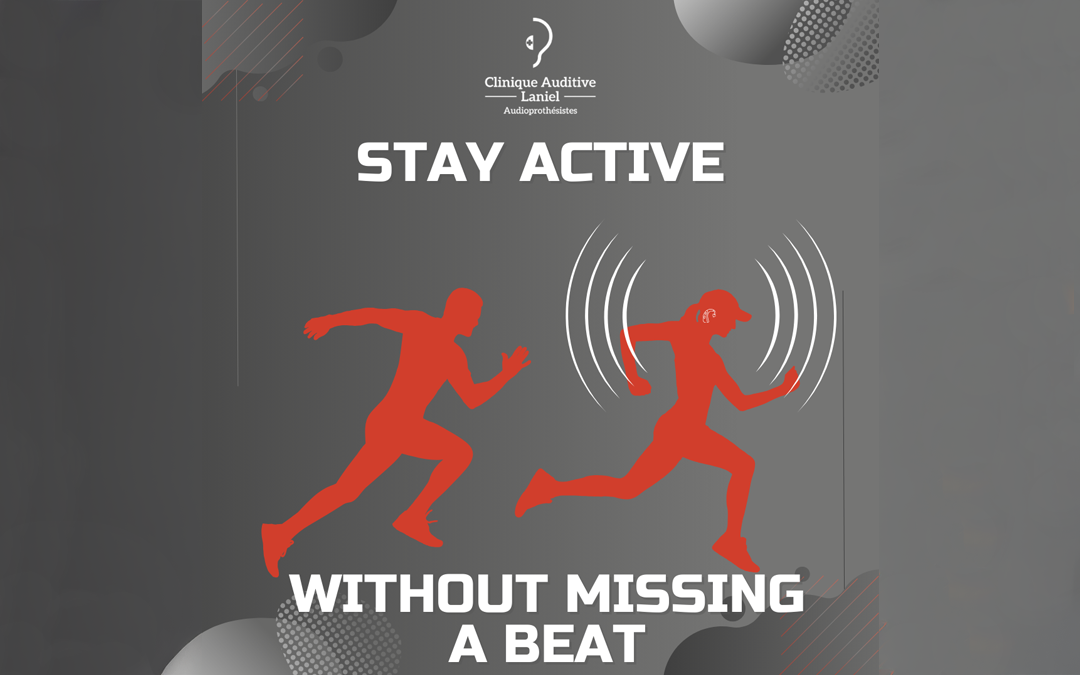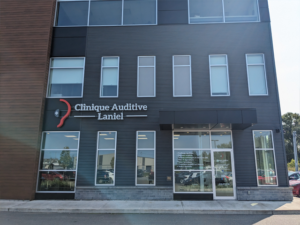
How Does the Ear Work? A Journey to the Heart of Hearing
The ear, a marvel of ingenuity, transforms sounds into information understandable by our brain. Let’s discover this fascinating process.
The outer ear captures sound waves thanks to the pinna and directs them via the ear canal to the eardrum, which begins to vibrate.
The middle ear amplifies these vibrations thanks to three small bones (hammer, anvil, stirrup). This system transmits the amplified vibrations to the inner ear via the oval window. The Eustachian tube balances pressure.
The inner ear, shaped like a fluid-filled cochlea, contains hair cells on the basilar membrane. Vibrations cause these cells to move, creating electrical signals. These signals are sent to the brain by the auditory nerve.
The brain interprets these signals as sounds (pitch, volume, localization), allowing us to understand the sonic world around us.
Taking care of our ears is essential to preserve this precious sense.












